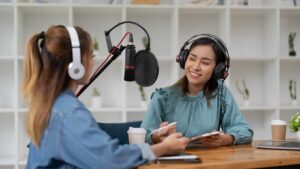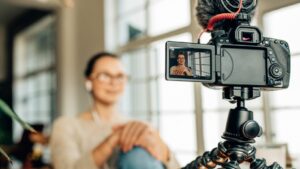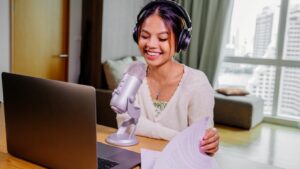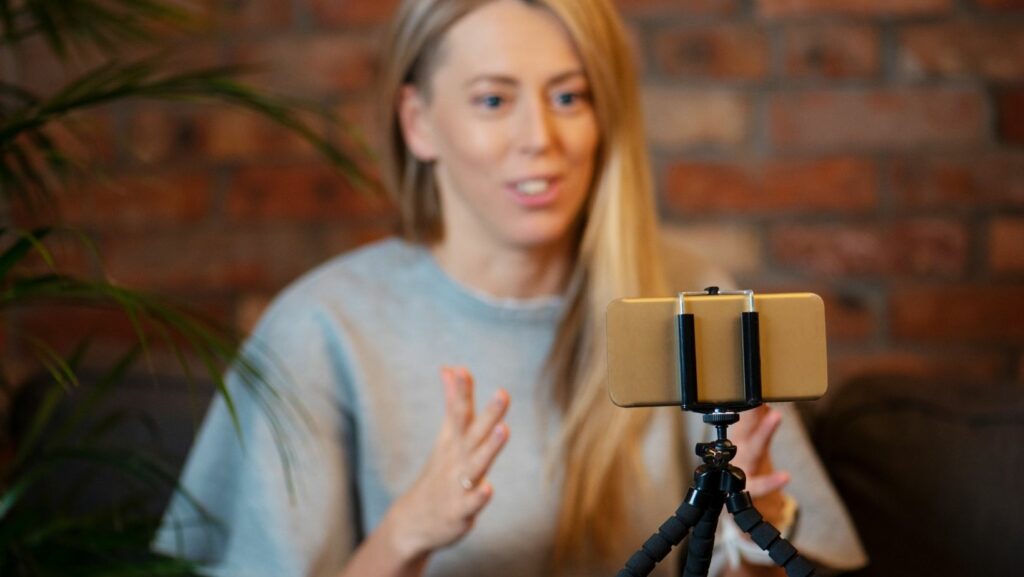 In today’s digital age, high-quality audio recording is more important than ever, whether it’s for podcasts, music, or video content. Clear and crisp sound can make or break a project, setting the tone and ensuring the message is effectively conveyed. Yet, achieving professional-level audio can seem daunting without the right guidance. Many creators overlook the nuances of audio recording, focusing solely on visuals or content. However, understanding the basics of sound quality and equipment can elevate any production. From choosing the right microphone to mastering sound editing techniques, there are several tips that can transform amateur recordings into polished masterpieces. By exploring key strategies and tools, anyone can enhance their audio recording skills. Whether they’re just starting out or looking to refine their craft, these tips will help ensure that every recording captures the intended impact and audience attention.
In today’s digital age, high-quality audio recording is more important than ever, whether it’s for podcasts, music, or video content. Clear and crisp sound can make or break a project, setting the tone and ensuring the message is effectively conveyed. Yet, achieving professional-level audio can seem daunting without the right guidance. Many creators overlook the nuances of audio recording, focusing solely on visuals or content. However, understanding the basics of sound quality and equipment can elevate any production. From choosing the right microphone to mastering sound editing techniques, there are several tips that can transform amateur recordings into polished masterpieces. By exploring key strategies and tools, anyone can enhance their audio recording skills. Whether they’re just starting out or looking to refine their craft, these tips will help ensure that every recording captures the intended impact and audience attention.
Tips For Recording Audio
- Select the Right Microphone: Match the microphone type to the recording environment and purpose. For instance, condenser microphones excel in studio settings, while dynamic microphones are better for live performances.
- Ensure Optimal Placement: Position the microphone correctly to capture clear sound. Place it six to twelve inches from the sound source and use a pop filter to reduce plosive sounds.
- Control the Environment: Minimize background noise by recording in a quiet space. Use soundproofing materials like foam panels to absorb echo and limit external interference.
- Monitor Audio Levels: Keep consistent sound levels by using headphones during recording. This practice allows immediate adjustments to avoid peaking and distortion.
- Use Quality Cables: Invest in durable and reliable cables to maintain signal integrity. Shorter cables reduce noise interference, ensuring cleaner audio capture.
- Manage Equipment Settings: Configure equipment settings such as gain and input levels according to the recording context. Proper adjustments prevent audio clipping and enhance clarity.
- Practice Good Technique: Adopt proper speaking or playing techniques. Consistent volume and proximity ensure an even sound level throughout the recording.
These tips improve recording quality and enhance the listener’s experience, vital in maintaining a dedicated audience across various platforms.
Choosing The Right Equipment
Selecting the right equipment is fundamental for capturing high-quality audio. With numerous options, understanding each component becomes crucial in ensuring clarity and precision.
Selecting A Microphone
 Microphone choice depends on the recording environment and intended use. Condenser microphones, for example, excel in studio settings due to their sensitivity and wide frequency response. Dynamic microphones, such as the Shure SM58, are more durable and handle high pressure levels, making them suitable for live settings. For podcasting, USB microphones offer convenience and quality without requiring additional equipment.
Microphone choice depends on the recording environment and intended use. Condenser microphones, for example, excel in studio settings due to their sensitivity and wide frequency response. Dynamic microphones, such as the Shure SM58, are more durable and handle high pressure levels, making them suitable for live settings. For podcasting, USB microphones offer convenience and quality without requiring additional equipment.
Audio Interfaces And Mixers
Audio interfaces connect microphones and other audio sources to computers, converting analog signals into digital audio. Interfaces with built-in preamps, like the Focusrite Scarlett series, improve sound quality by boosting signal strength. Mixers provide more control with multiple input channels and EQ settings, beneficial in complex setups where precise sound shaping is necessary.
Headphones And Speakers
Monitoring audio accurately involves using quality headphones and speakers. Closed-back headphones isolate sound, providing a focused listening experience during recording. Open-back headphones, such as the Sennheiser HD650, deliver a more natural sound, ideal for mixing and editing. Studio monitors with flat frequency responses ensure accurate audio playback, critical for evaluating the true quality of recordings.
Setting Up Your Recording Space
A well-prepared recording space significantly enhances audio quality, making it crucial for any content creator. Careful setup ensures minimal interference and optimal sound capture.
Soundproofing Techniques
Soundproofing dampens unwanted external noise and creates a controlled environment for clean recordings.

Use foam panels to absorb reverberations and prevent echoes. Consider adding carpets or rugs to reduce floor reflections.
For windows, use heavy curtains to block external sounds from disrupting the recording. Implementing these techniques ensures the space isolates the audio.
Reducing Background Noise
Minimizing background noise refines audio clarity. Position equipment away from noise sources like fans or air conditioners. Choose rooms with fewer reflective surfaces to prevent sound bouncing. Use close-miking techniques to focus on the source and exclude distant sounds. These steps ensure recordings maintain a professional audio standard.

